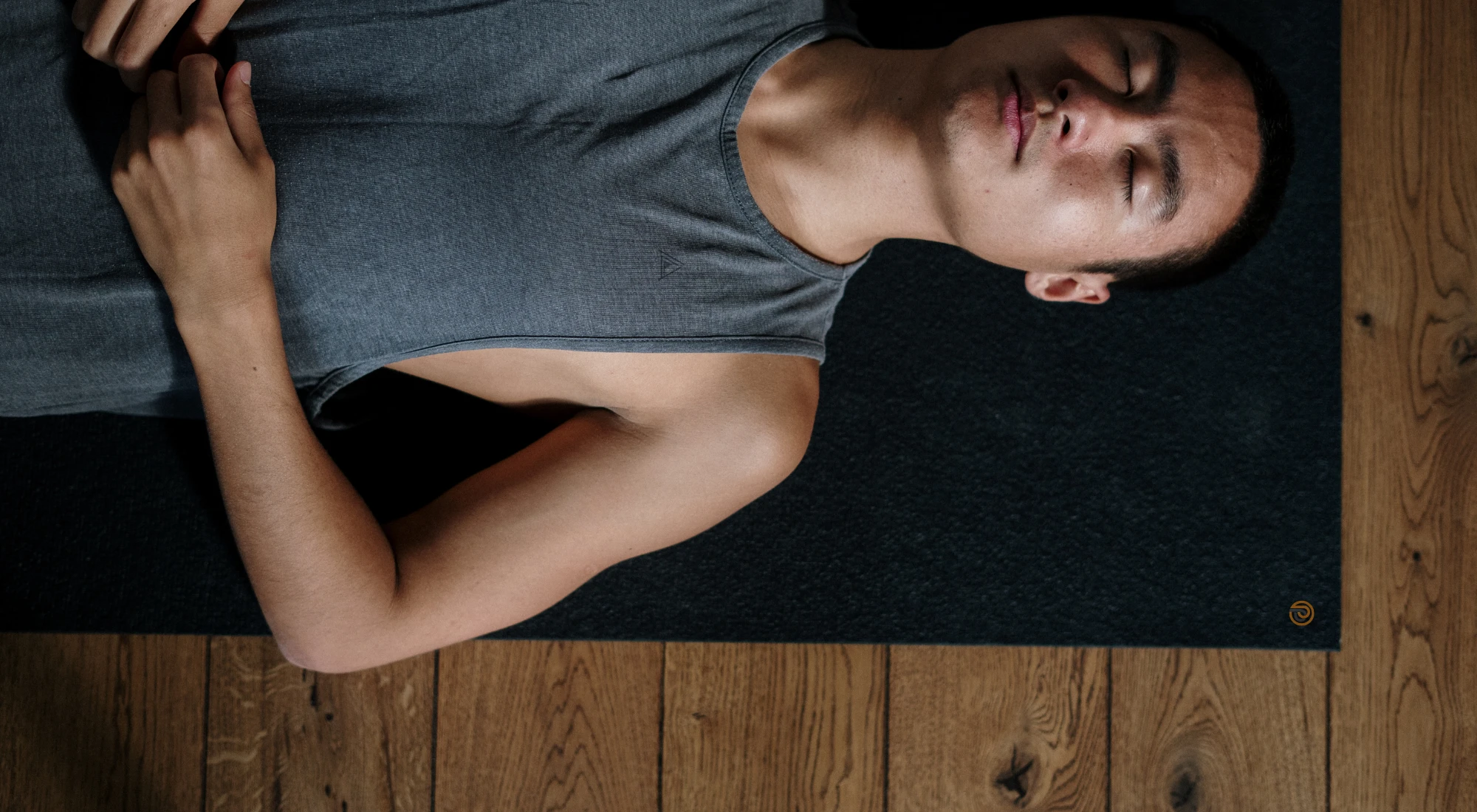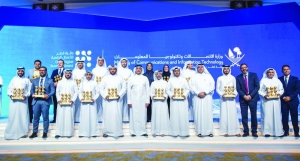From cryotherapy to wearables, recovery transformed from a trend to a cornerstone of fitness and longevity
A year ago, as trend predictions released for 2024, recovery was touted as one to watch — and that forecast proved spot on. This year, recovery not only maintained its momentum but cemented its place as an essential pillar of fitness regimens.
From professional athletes to everyday gym-goers, the emphasis on recovery evolved beyond foam rollers and rest days to include cutting-edge technologies like percussive therapy, cryotherapy, and infrared saunas.
This year, brands and fitness facilities alike doubled down on recovery, recognizing its significance in enhancing performance, preventing injuries, and supporting longevity.
As we look back on 2024, it’s clear that the recovery movement is not just a fleeting trend but a fundamental shift in how we approach fitness and wellness.
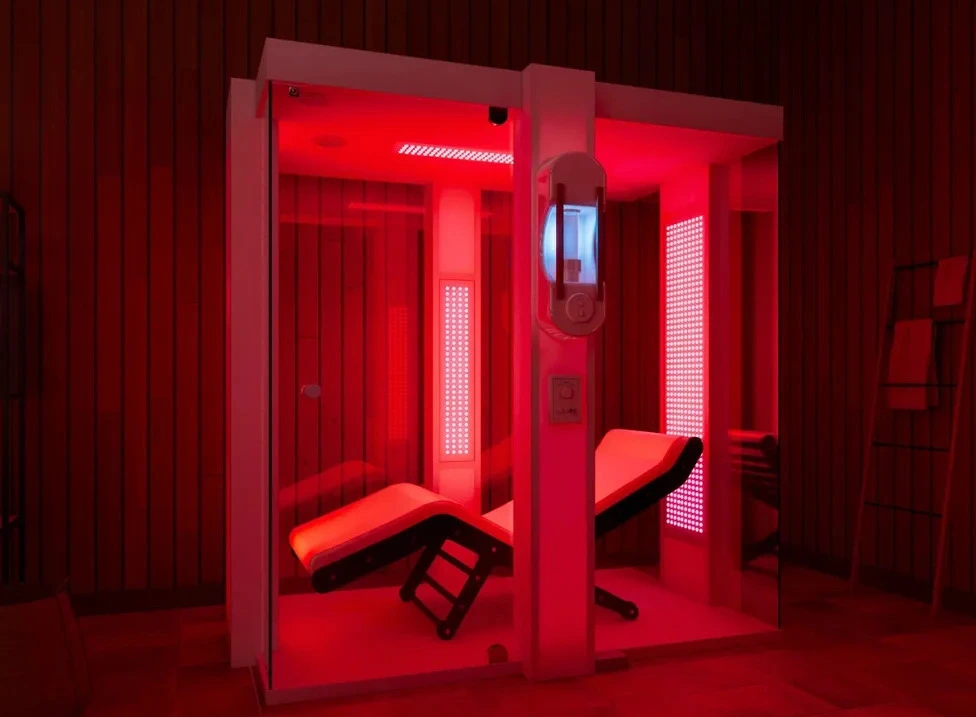
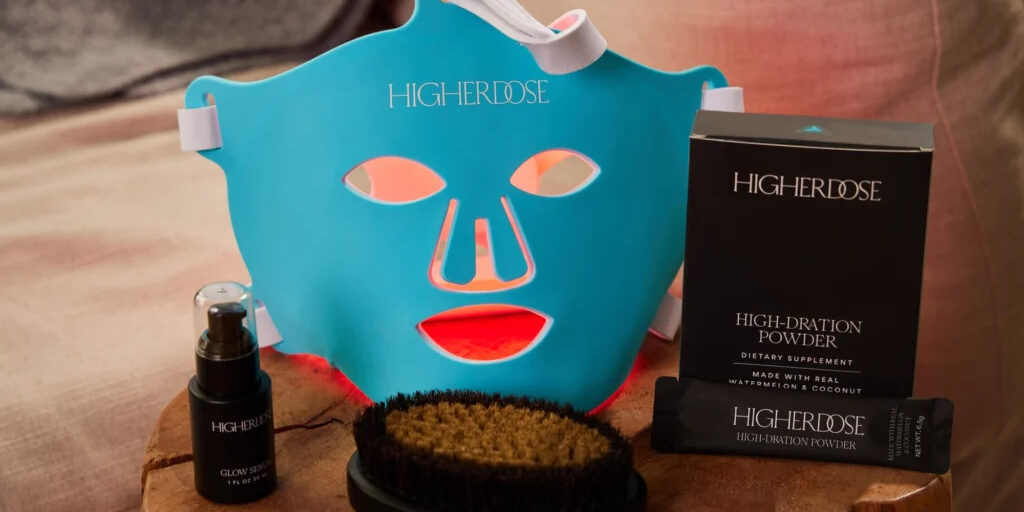
The Growth of Recovery Tech
Therabody showcased its dominance in recovery technology throughout 2024, culminating in an impressive lineup of innovative products for the holiday season. The brand unveiled its SmartGoggles Gen 2, a cutting-edge device that combines massage, heat, and vibration to reduce stress and promote relaxation. Also on the impressive list of product launches was the Therabody SleepMask, the latest in percussive therapy, the Theragun Prime Plus, JetBoots PRO Plus and the skincare Debuffing Wand.
The industry also saw significant advancements in cryotherapy products, with brands introducing innovative solutions to enhance recovery and overall well-being. Notably, Halotherapy Solutions launched the HaloRestore & Recovery series, the first programs to merge salt therapy with modalities like red light therapy, cryotherapy, and cold plunges. This integration offers a holistic approach to therapy and recovery, providing users with a comprehensive wellness experience.
Meanwhile, infrared sauna therapy expanded its footprint in gyms and wellness spaces, offering users benefits like improved circulation, detoxification, and muscle relaxation. Brands like HigherDOSE launched infrared sauna blankets designed for home use, bringing professional-grade recovery into living rooms nationwide.

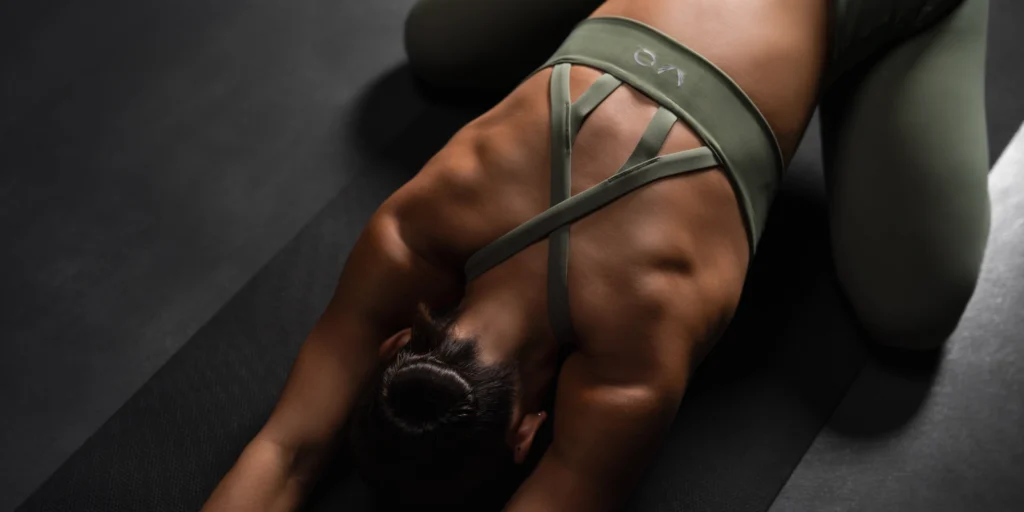
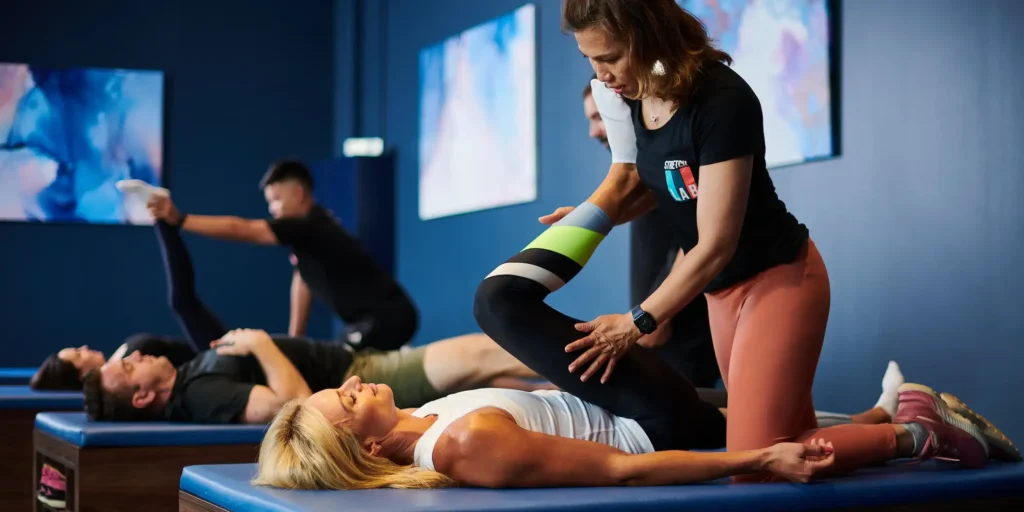
Wellness and Recovery in Brick & Mortar
This year, fitness facilities increasingly embraced recovery as an integral part of the gym experience, incorporating it into their service offerings rather than treating it as an ancillary amenity.
24 Hour Fitness launched new fitness formats in partnership with SH1FT Fitness —Modus Move and Modus Mobility that are focused on recovery training and longevity.
Luxury fitness brand Equinox introduced its innovative Optimize by Equinox program, by which members benefit from a dedicated team of experts spanning fitness, nutrition, sleep, and massage, delivering a holistic approach to wellness that aligns with their specific biomarkers and health goals.
Similarly, Bay Area-based Fitness SF is redefining health club memberships with its partnership with health tech startup InsideTracker. The collaboration introduces biomarker testing as part of a “reimagined membership” model, featuring a one-time DNA analysis for baseline metrics and biannual blood biomarker testing to monitor progress.
Studios like StretchLab continued to grow their presence, focusing exclusively on assisted stretching as a form of guided recovery. These sessions, delivered by certified Flexologists™, have gained a loyal following, particularly among older adults and fitness novices seeking low-impact ways to improve mobility and reduce soreness.
In addition, the rise of recovery-focused memberships was a standout trend. Some fitness clubs introduced plans specifically for recovery services like massage therapy and cryotherapy.
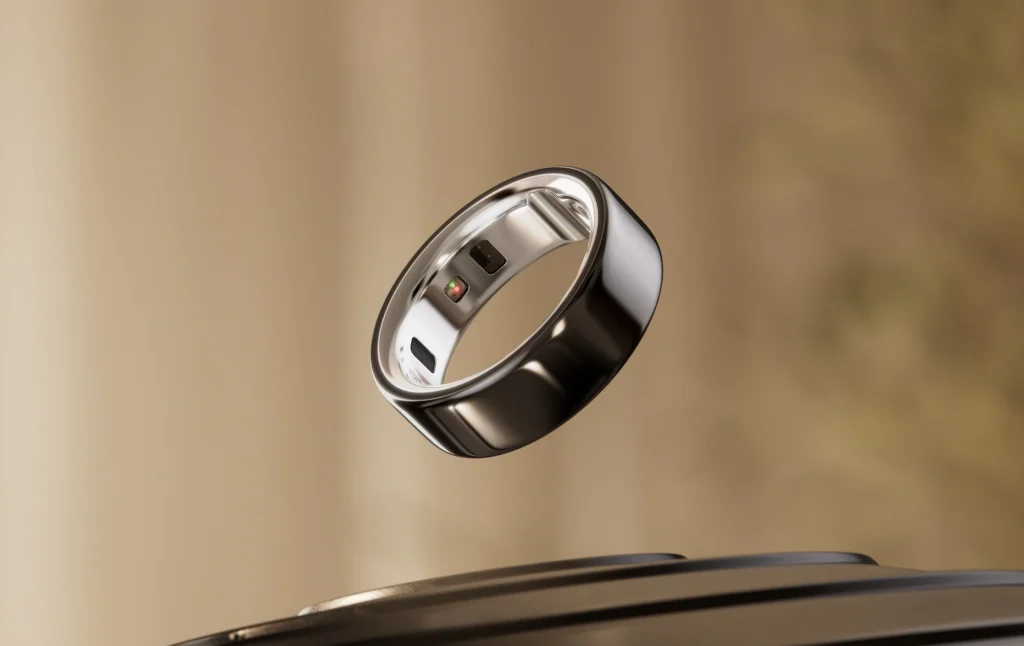
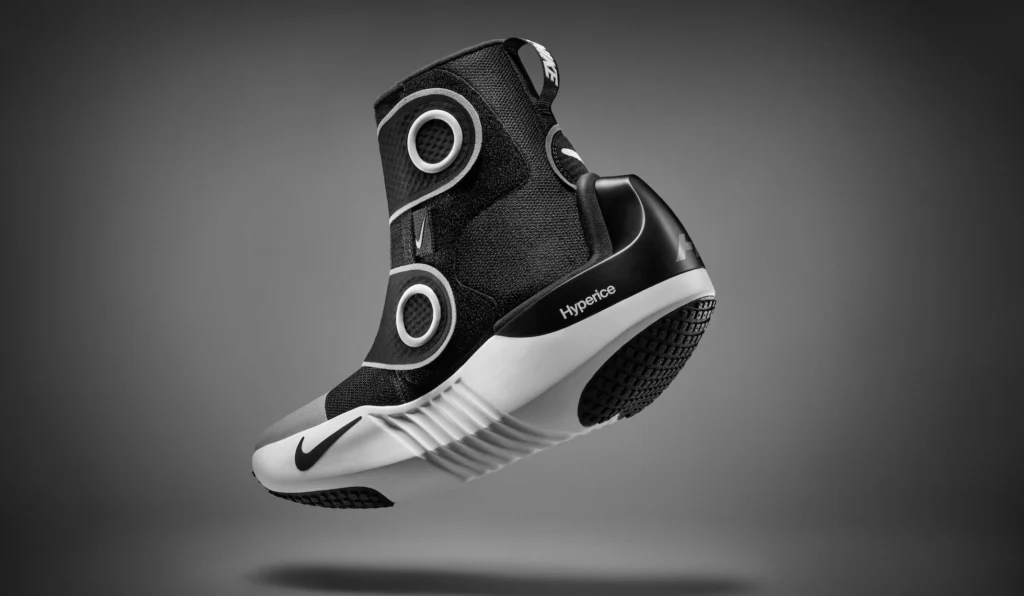
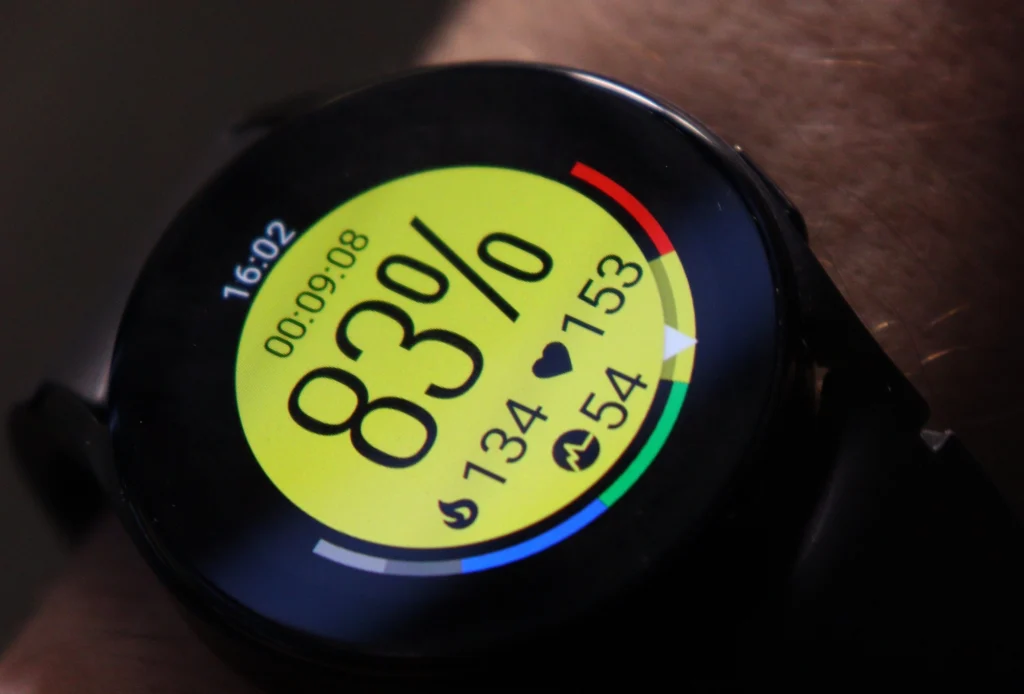
Recovery and Wearable Technology: A Dynamic Duo
Wearable technology played a pivotal role in recovery trends this year as well.
One case in point was the introduction of the Oura Ring 4, which features improved accuracy and a more comfortable design. This latest iteration enhanced overnight blood oxygen measurements, breathing disturbance index, and both daytime and nighttime heart-rate tracking, providing users with more precise data to monitor their recovery and overall health.
Oura also expanded its capabilities by acquiring Veri, a Finnish personalized metabolic health company. This strategic move aimed to advance the Oura Ring’s health data offerings, particularly in metabolic health, allowing users to gain deeper insights into their recovery and wellness.
Meanwhile, Nike and Hyperice teamed up to introduce new wearable technology to aid with athlete warmup and recovery, including compression massage sneakers and a temperature-changing vest.
Fitness professionals and gyms are increasingly utilizing Myzone wearable technology to enhance recovery and mindful movement practices. By integrating Myzone into active recovery classes such as restorative yoga and mobility sessions, participants receive real-time feedback on their heart rate responses, allowing instructors to focus on maintaining optimal heart rate zones for recovery.
Beyond classes, Myzone has become a key tool in post-workout cool-down routines. This structured, guided programming not only accelerates physical recovery but also educates members on the importance of monitoring their body’s transition from high to low intensity.
As 2024 ends, one thing is clear – recovery is not a passing trend, it’s a movement that’s reshaping the fitness industry. And with innovations like AI-driven recovery tools, personalized wearable tech, and recovery-focused gym memberships, 2025 promises to push the boundaries even further.
